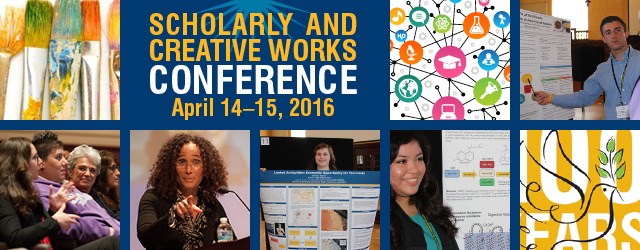
All Conference Presentations, Performances and Exhibits
An Investigation Into Techniques Used by Midwives to Minimize Perineal Trauma
Location
Guzman 113
Start Date
4-14-2016 7:00 PM
End Date
4-14-2016 7:30 PM
Student Type
Undergraduate - Honors
Faculty Mentor(s)
Luanne Linnard-Palmer, RN, MSN, OCN
Presentation Format
Oral Presentation
Abstract/Description
Perineal trauma is described as any damage to the genitalia during childbirth that occurs spontaneously or through surgical incision (episiotomy). When trauma occurs to the genitals women can suffer short and long term consequences. Perineal trauma is most often associated with pain and prolonged recovery time after birth; however, more serious complications such as incontinence, sexual dysfunction, and anal sphincter disruption can further occur (Kettle & Tohill, 2008). Perineal trauma is one of the leading causes of delayed postpartum healing. According to Kettle and Tohill (2008), perineal trauma occurs in 85% of births. Nurses along with midwives are in a key position to provide education and suggestions during birth to minimize perineal trauma. The purpose of this study is to identify midwives’ techniques used during second stage of labor and their perceived successfulness to minimize perineal trauma. The sample for this study will be certified nurse-midwives and certified licensed midwives in America. This study will use snowball sampling that will be considered non-probability sampling. The midwives will identify themselves as certified licensed midwives and certified nurse-midwives, age, ethnicity, length of practice, and educational preparation. The data will be analyzed using a likert scale of 0-4. Responses will be given a corresponding value and discussed in the results. The responses will be labeled as followed: 0=Never; 1=Almost never; 2=Sometimes; 3= Most the time; 4= Always. The results will determine midwives techniques used and the successfulness of these techniques to prevent perineal trauma during childbirth. Data collection is occurring in spring and results will be shared in the April 2016 Scholarly and Creative Works Conference.
An Investigation Into Techniques Used by Midwives to Minimize Perineal Trauma
Guzman 113
Perineal trauma is described as any damage to the genitalia during childbirth that occurs spontaneously or through surgical incision (episiotomy). When trauma occurs to the genitals women can suffer short and long term consequences. Perineal trauma is most often associated with pain and prolonged recovery time after birth; however, more serious complications such as incontinence, sexual dysfunction, and anal sphincter disruption can further occur (Kettle & Tohill, 2008). Perineal trauma is one of the leading causes of delayed postpartum healing. According to Kettle and Tohill (2008), perineal trauma occurs in 85% of births. Nurses along with midwives are in a key position to provide education and suggestions during birth to minimize perineal trauma. The purpose of this study is to identify midwives’ techniques used during second stage of labor and their perceived successfulness to minimize perineal trauma. The sample for this study will be certified nurse-midwives and certified licensed midwives in America. This study will use snowball sampling that will be considered non-probability sampling. The midwives will identify themselves as certified licensed midwives and certified nurse-midwives, age, ethnicity, length of practice, and educational preparation. The data will be analyzed using a likert scale of 0-4. Responses will be given a corresponding value and discussed in the results. The responses will be labeled as followed: 0=Never; 1=Almost never; 2=Sometimes; 3= Most the time; 4= Always. The results will determine midwives techniques used and the successfulness of these techniques to prevent perineal trauma during childbirth. Data collection is occurring in spring and results will be shared in the April 2016 Scholarly and Creative Works Conference.

